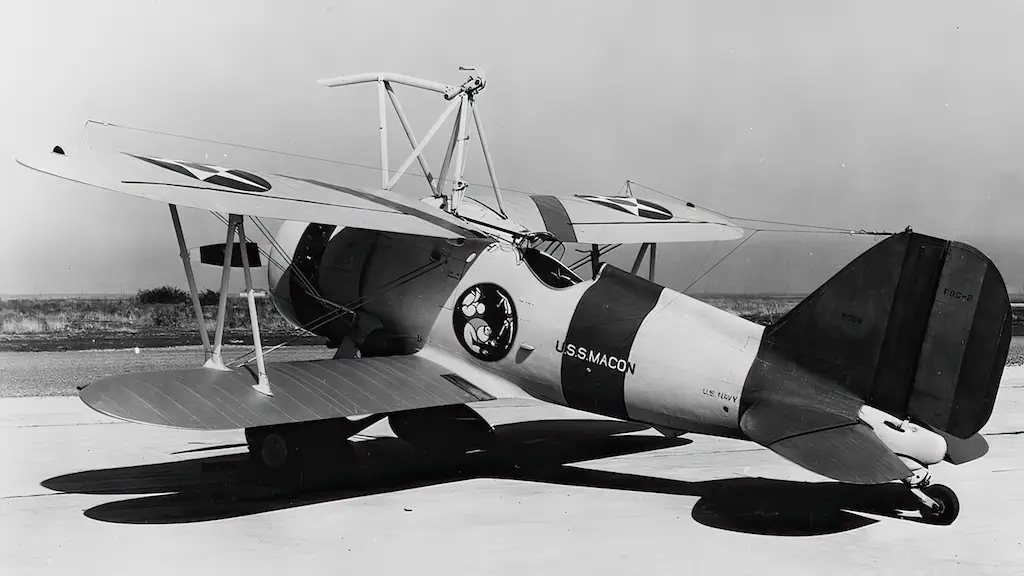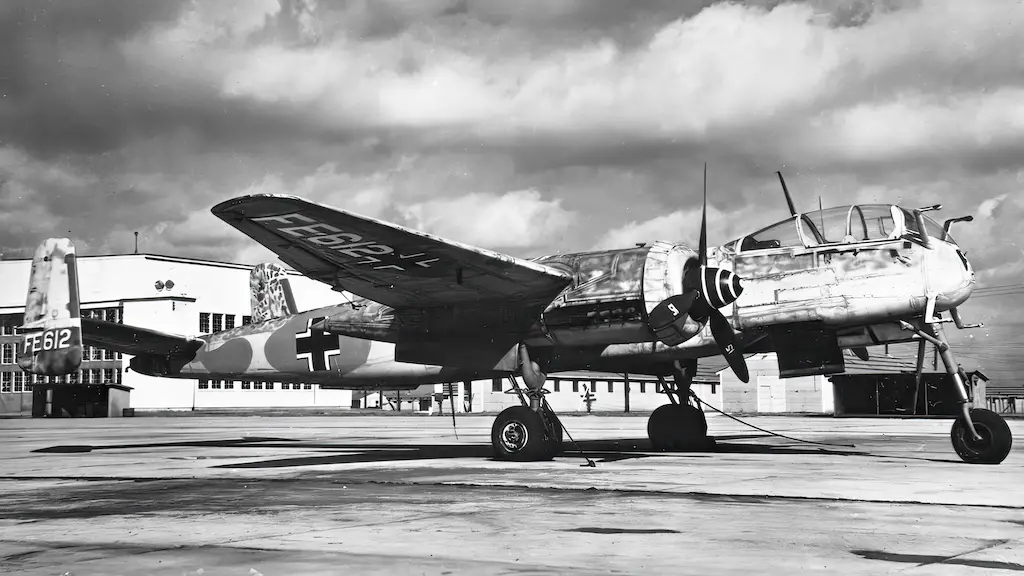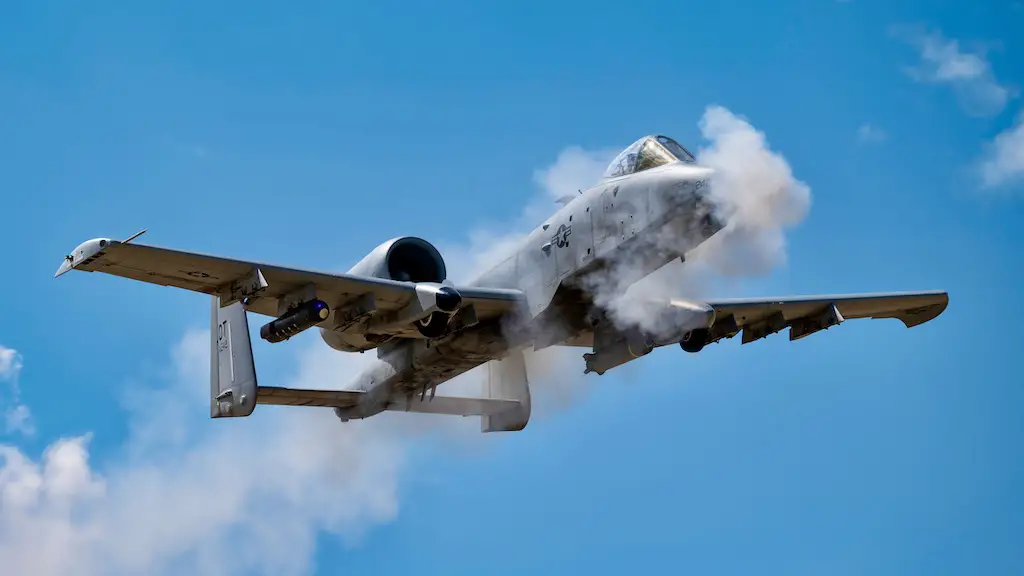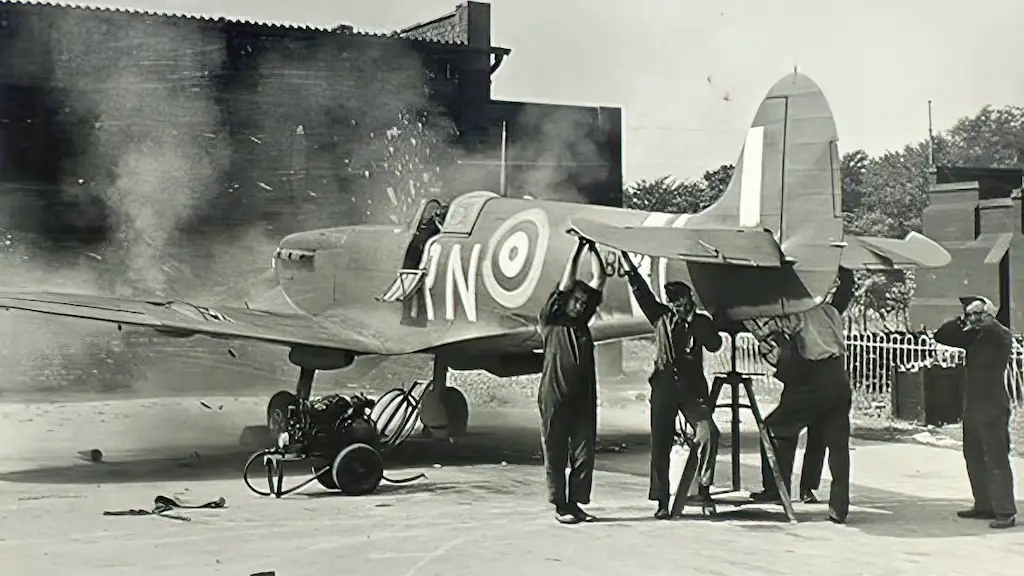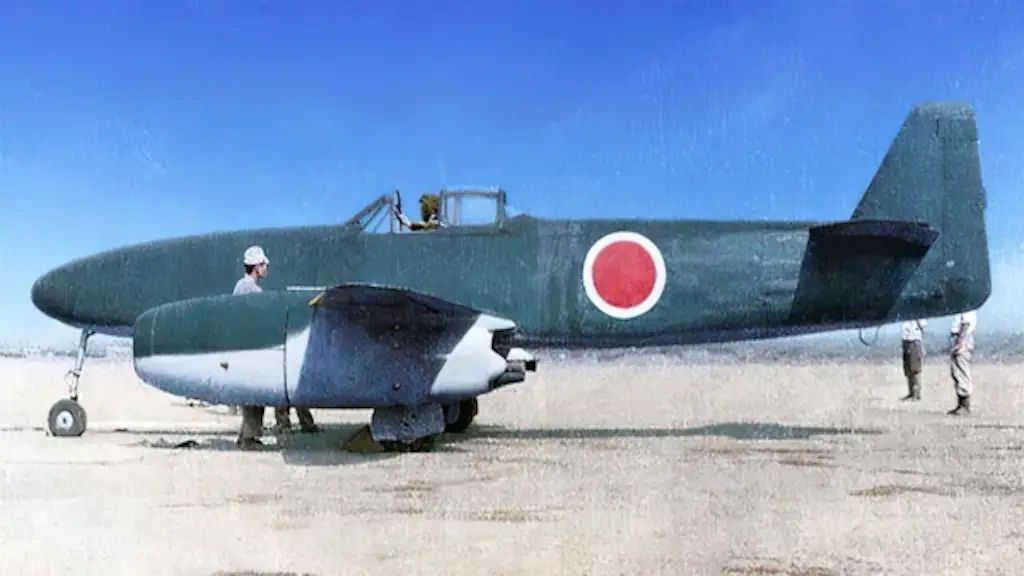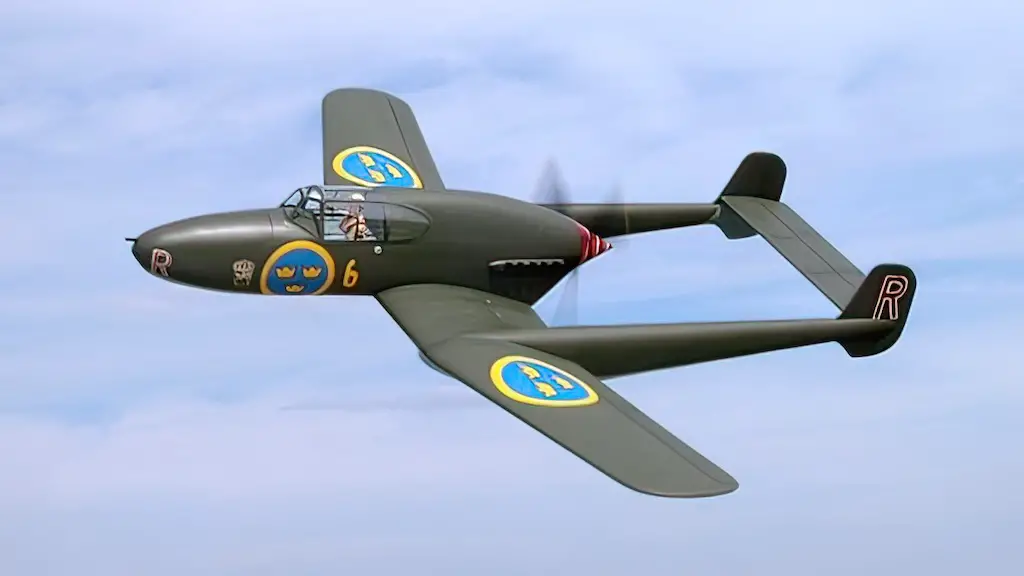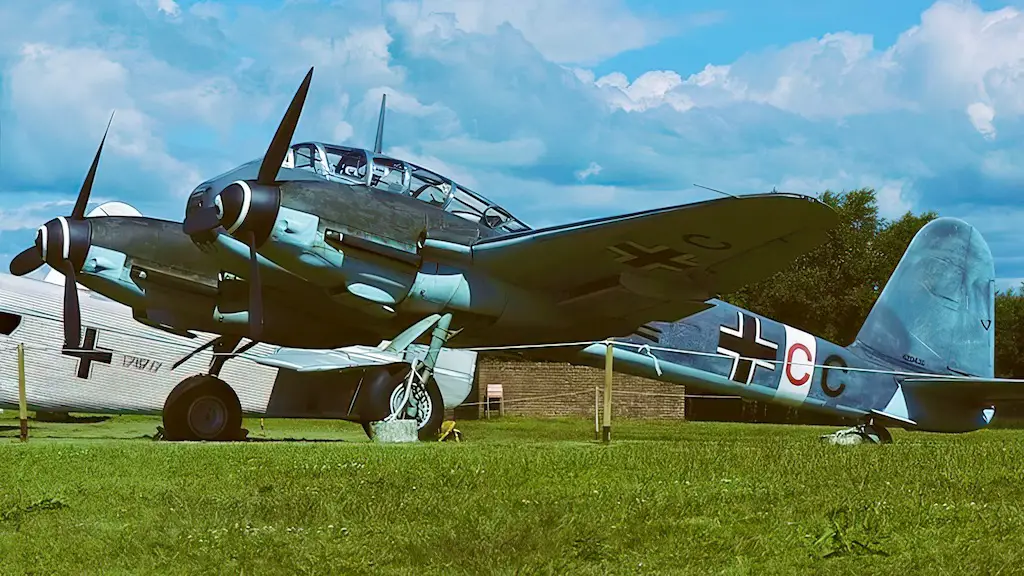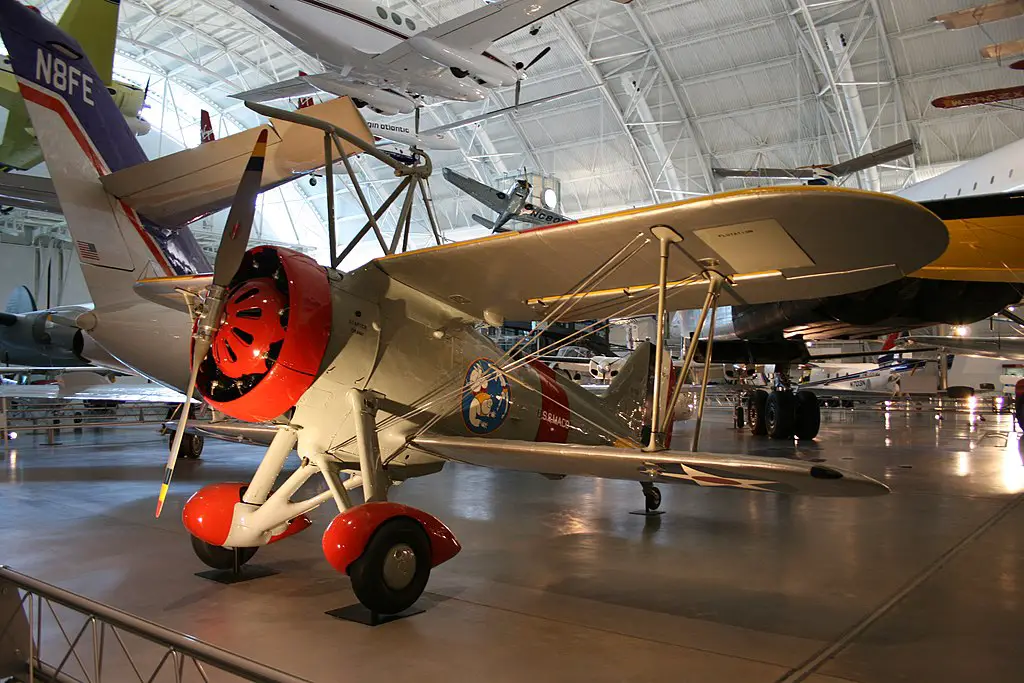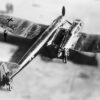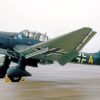Soaring Above Convention
When we think of aircraft carriers, massive seafaring vessels come to mind, carrying fighter jets and helicopters. But what if the skies witnessed an aircraft carrier too? Meet the F9C Sparrowhawk – the closest concept to an airborne aircraft carrier we’ve ever seen. A parasite aircraft, the Sparrowhawk was designed to be launched from and retrieved by larger motherships. But, like many groundbreaking innovations, its story wasn’t without challenges.
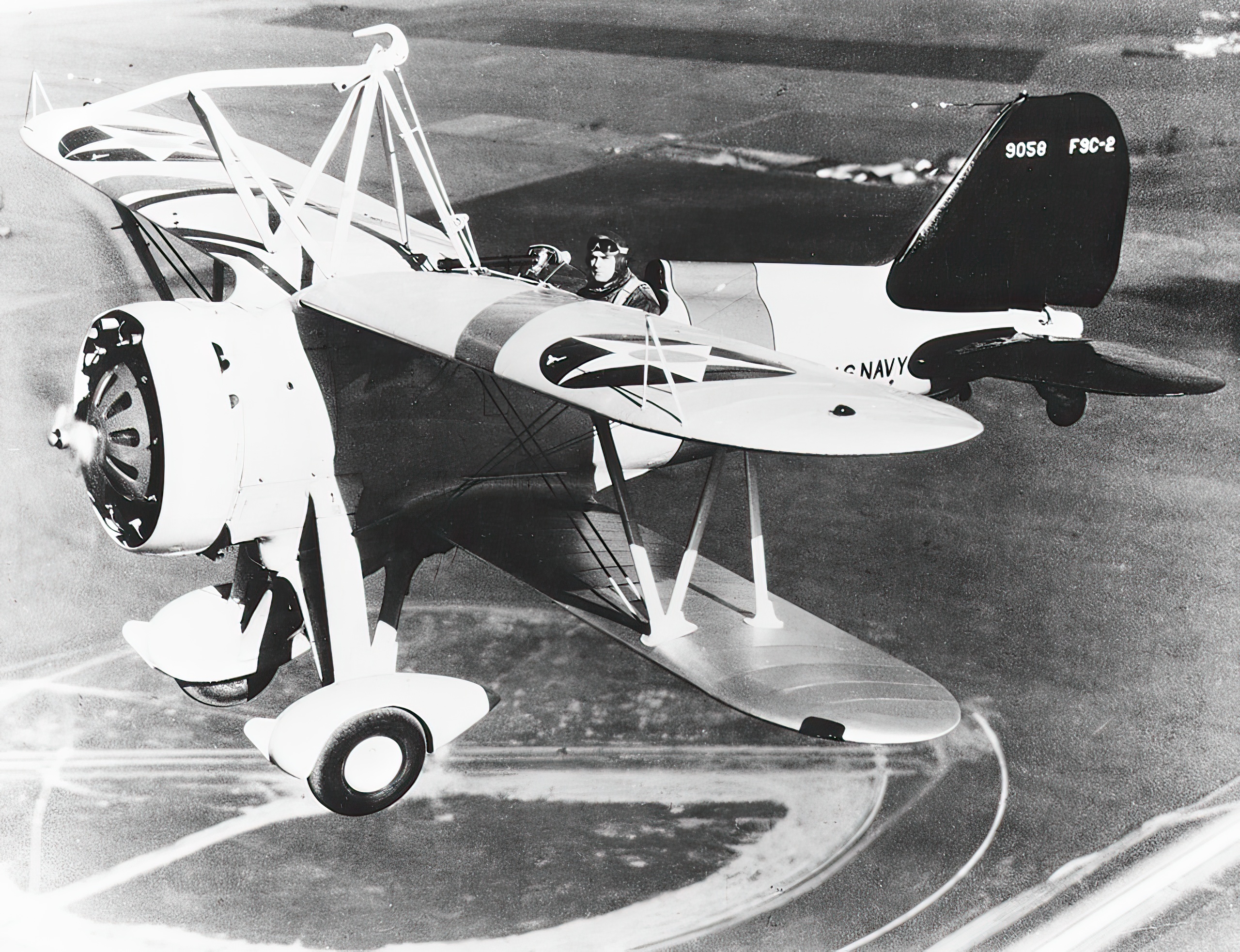
The Blueprint
The 1930s was a period of audacious innovation in aviation. The Sparrowhawk emerged in this era, born from the desire to extend the scouting range of U.S. Navy airships. Rather than relying solely on the limited range of the airship’s onboard equipment, why not use small aircraft to scout farther distances and then return? The idea was simple: a smaller plane would launch from an airborne mothership, perform its mission, and then reconnect to the mothership in mid-air.
Curtiss Aeroplane and Motor Company took up this challenge, culminating in the F9C Sparrowhawk. Two variants were developed: the F9C-1 and F9C-2. The latter became the primary variant used in operational scenarios.
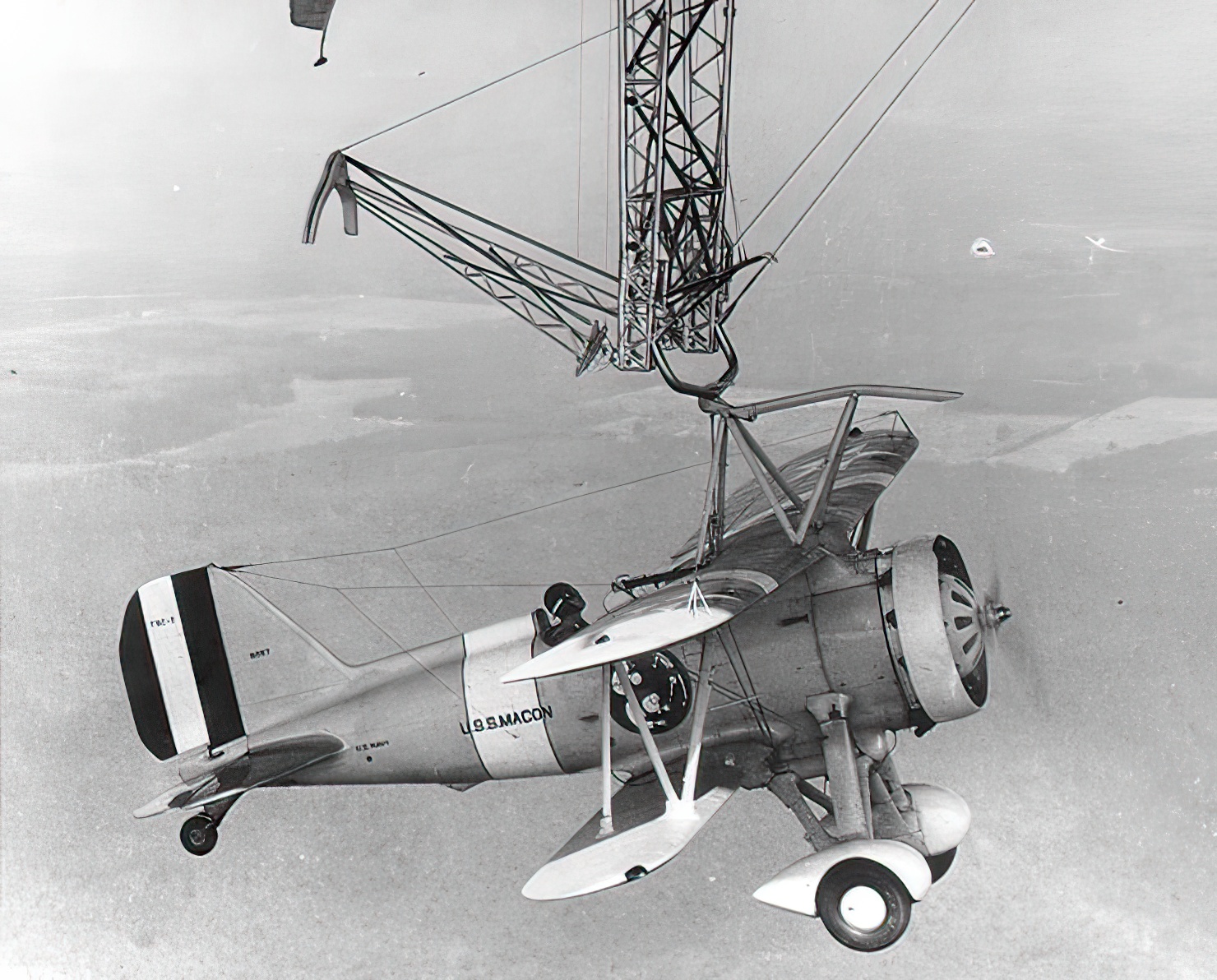
Power in Compact Form
The heart of the Sparrowhawk was its Wright R-975-28 Whirlwind radial engine, churning out a commendable 400 horsepower. Given the aircraft’s compact size, this was more than sufficient for its scouting and interception missions. This power allowed the Sparrowhawk to reach speeds up to 176 mph and achieve a service ceiling of 19,200 feet.
Beyond power, its design emphasized operational reliability, especially during mid-air launch and retrieval, ensuring the Sparrowhawk could consistently perform its unique role.
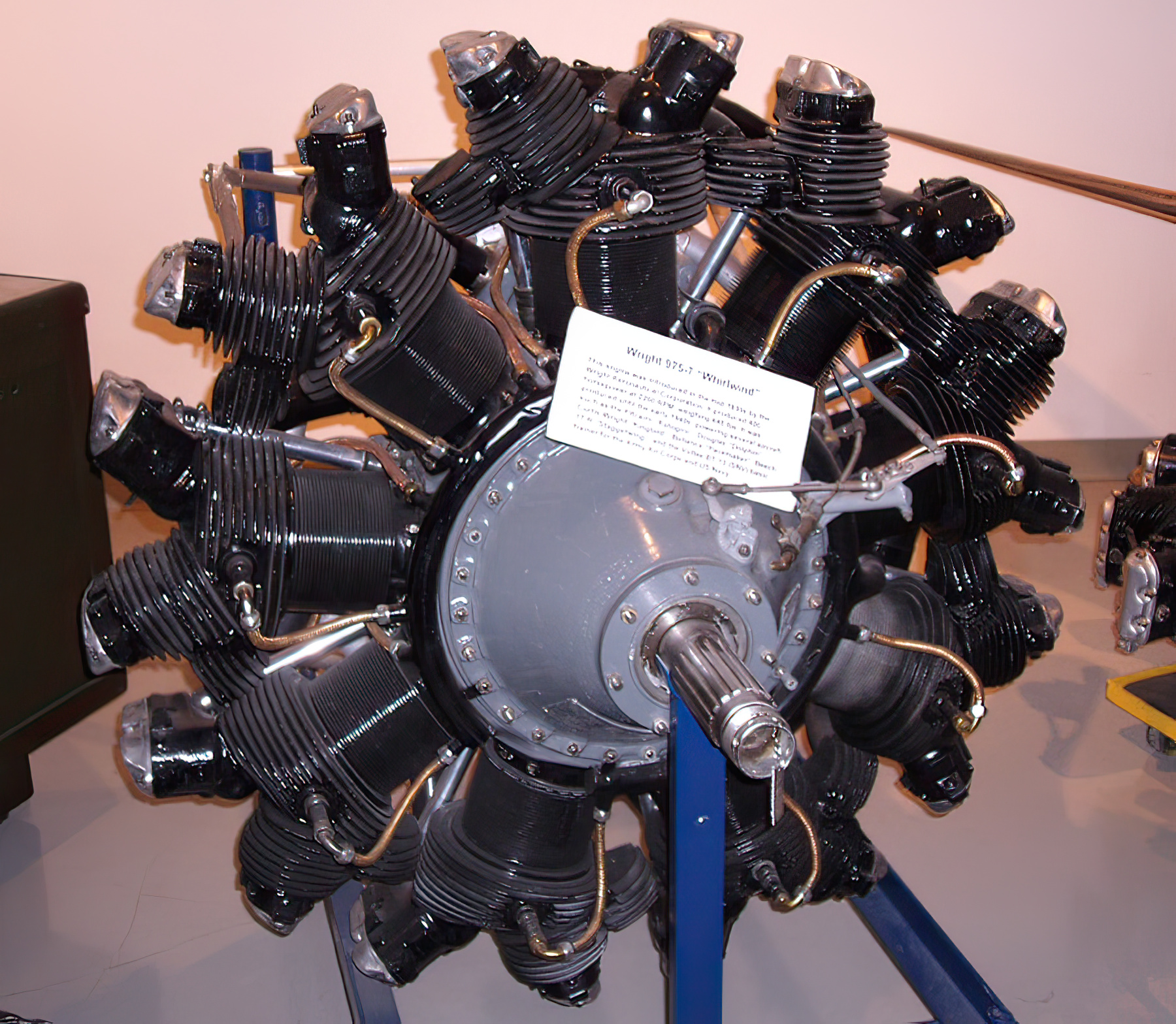
Linking with the Mothership
One of the most mesmerizing aspects of the Sparrowhawk was its ability to reconnect with the mothership in mid-air. This was accomplished using a trapeze mechanism. The Sparrowhawk featured a hook on its upper wing, and as it approached the airship, the pilot would aim to connect this hook to the trapeze. Once connected, the aircraft would be hoisted into the mothership’s hangar, where it would be secured for the remainder of the voyage.
Adapting to over-water operations, the Sparrowhawks’ landing gear was often replaced with a fuel tank to enhance scouting endurance. Upon the airship’s return to base, the biplanes would have their landing gear reattached, allowing for independent landing.
Operational Enhancements and Roles
Initially, the Sparrowhawks were limited in their operational range due to subpar radio equipment, effectively restricting them to remain within sight of the airship. This changed in 1934 when new direction-finding sets and voice radios were installed. This enhancement not only enabled operations beyond visual range but also allowed the more vulnerable mothership to maintain a safe distance from potential threats.
Another fascinating role for the Sparrowhawks was their function as ‘flying ballast’. The airship could launch carrying additional ballast or fuel instead of its aircraft. Once cruising, the Sparrowhawks would fly aboard. The extra weight was managed by the airship’s dynamic lift until the airship lightened.
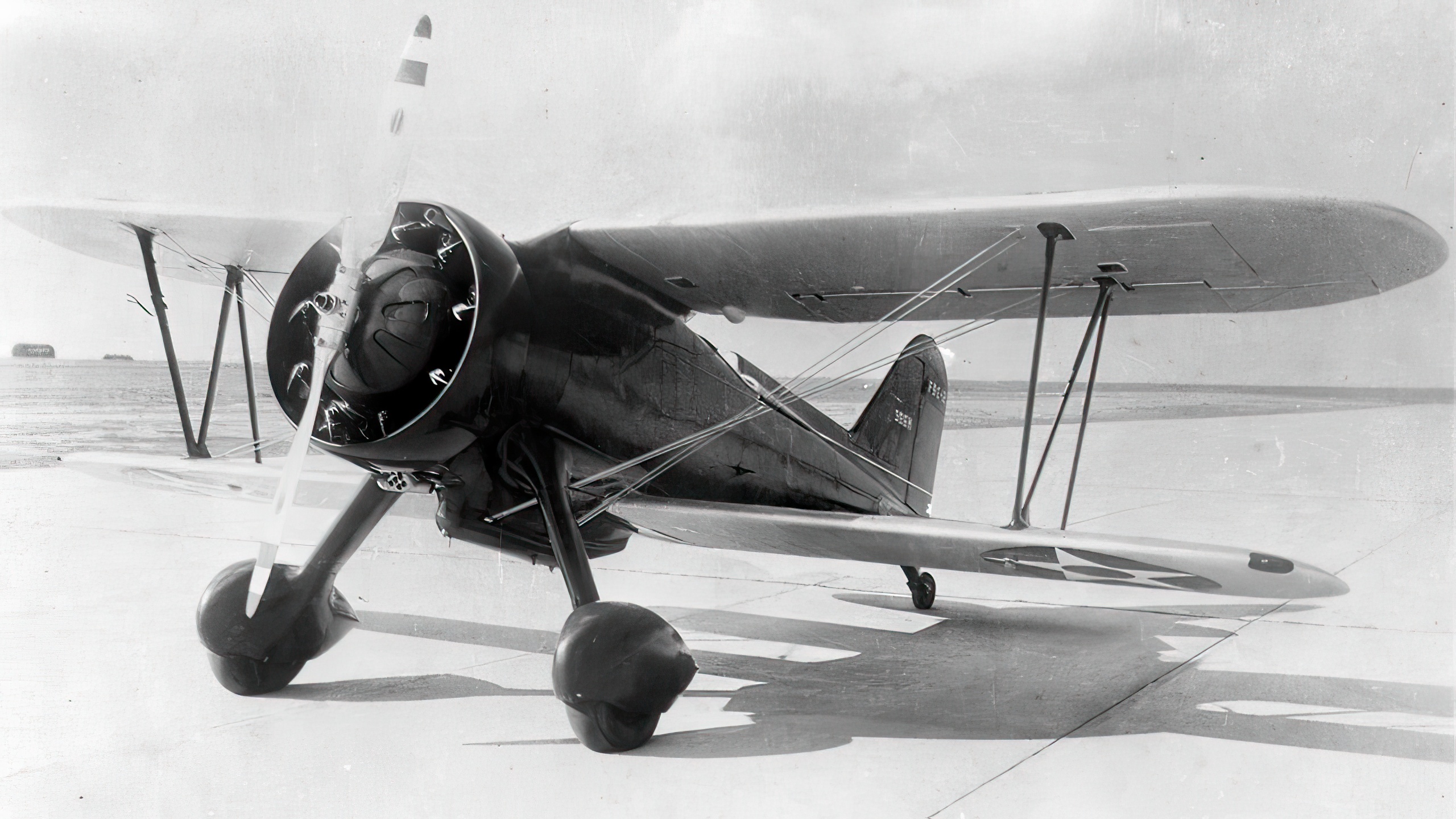
End of the Line
Despite its potential, the concept behind the Sparrowhawk became obsolete relatively quickly. Advancements in radar and long-range aviation reduced the need for a parasite aircraft. Furthermore, the U.S. Navy’s dirigibles, notably the USS Macon and USS Akron, faced calamities, which further dampened enthusiasm for the Sparrowhawk concept.
By the mid-1930s, the program was officially discontinued. The Sparrowhawks were retired, leaving behind a legacy of ambition, innovation, and a glimpse into a sky that might have been.

